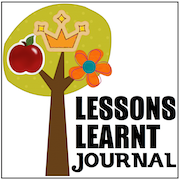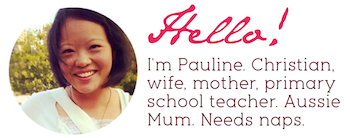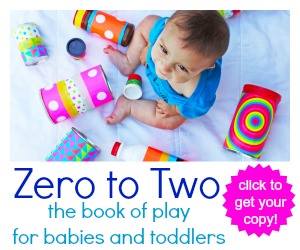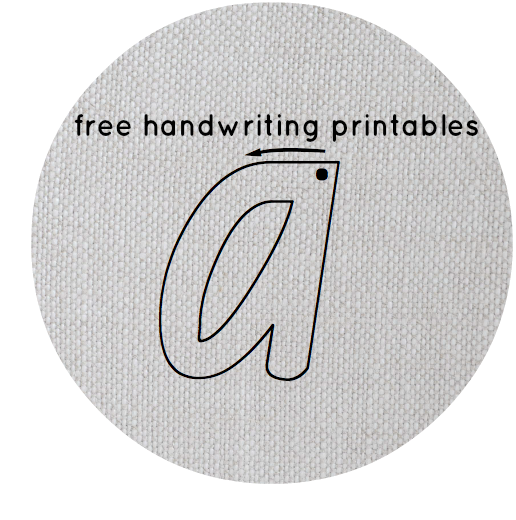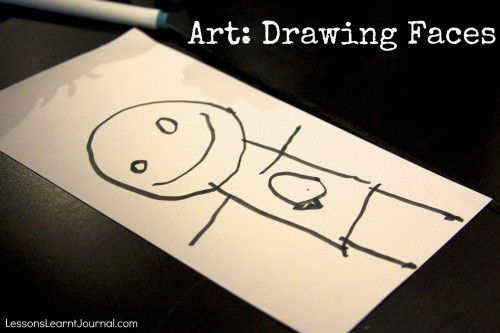
Art: Drawing Faces
A child’s drawing skills becomes more complex as their fine motor skills develop. After many drawing and scribbling experiences, as a child approaches the 3 or 4 year old mark, they begin to explore representation in their drawings. Their circular shapes become faces and first images of people.
I noticed my preschool son drawing people, with a head and a few other body parts. I was keen to take advantage of his interest in representation and engaged him in a conversation about his drawings.
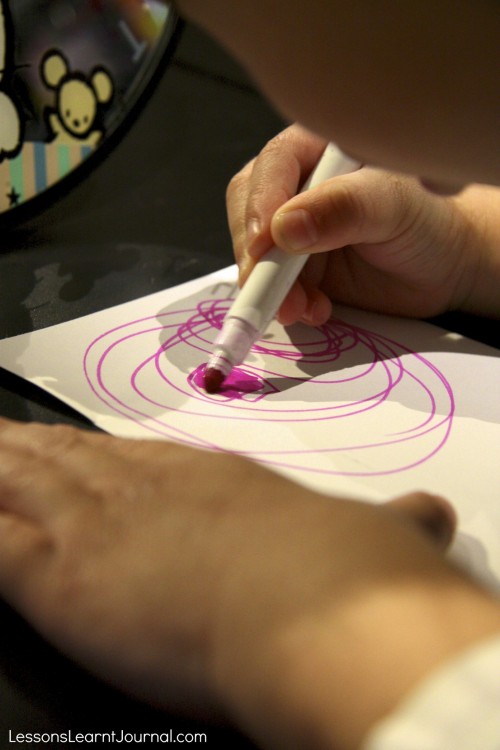
Engaging children in conversation about their work allows them to think more deeply about their work and allows for more meaningful experimentation.
Using a mirror, I invited him to explore faces and its features. Together we discussed our physical characteristics: our eyes, ears, nose, mouth, chin, hair.
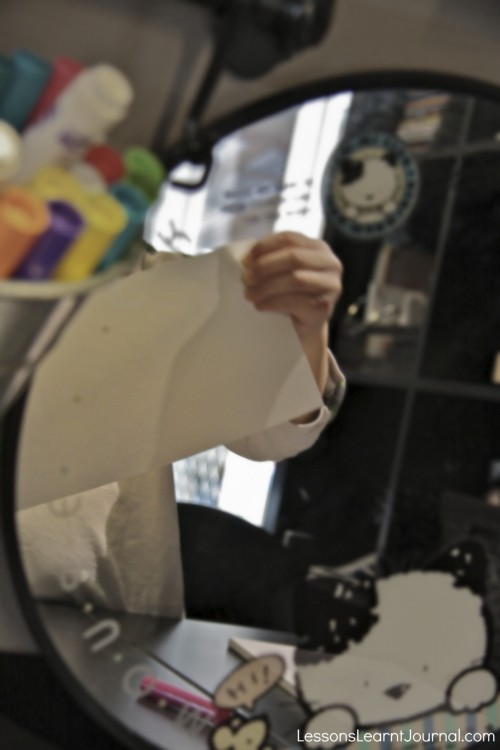
You can extend these discussions and build up your child’s vocabulary of a given physical characteristic. For example, when talking about eyes, incorporate these words where appropriate : blink; blue eyes; brown eyes; hazel eyes; green eyes; grey eyes; eyebrows; eyelashes; eyelids; wink. Or for mouth: chew; eat; lips; sing; smile; speak; talk; taste; teeth; tongue.
After our conversation about faces and using the mirror and himself as a reference, he began to draw faces with more defined facial features. Scribbles made their transition to representations.
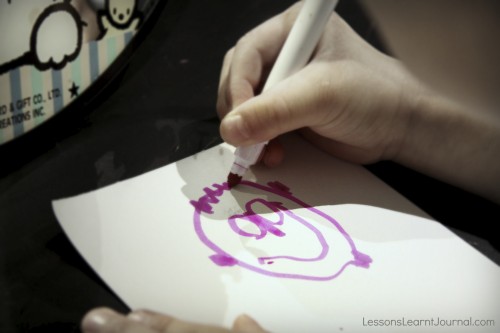
It takes time and effort on our behalf, but investing in conversations with children about their work helps them realise and become aware of their potential and ability. Even those children who are reluctant to draw are usually very proud of their newly discovered skill.
M: 4 years
June 2012

